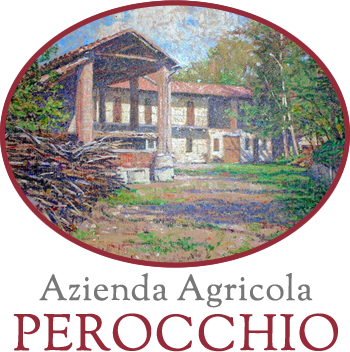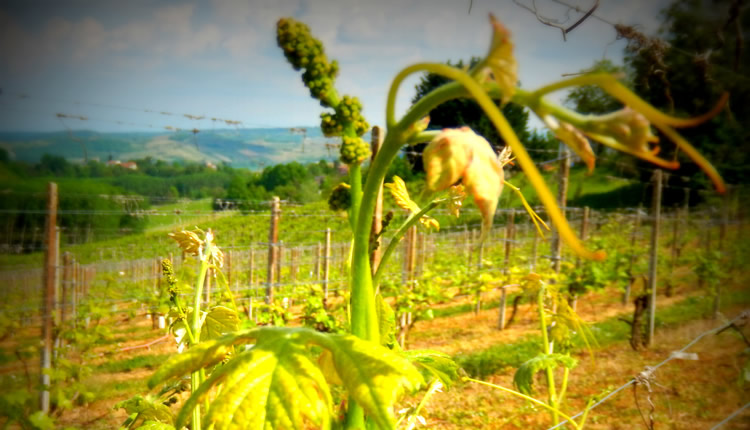Perocchio Vini
Azienda Agricola Perocchio has been vinifying and bottling wines for three generations. Our wines are entirely obtained from our grapes. Our grapes are cultivated with a traditional method and picked by hand, giving particular attention to every single step of the wine making production: the pruning, the harvesting, the pressing, the process of fermentation and aging. It allows us to obtain highly appreciated wines by virtue of their structure and body.
Our vineyards lie in the Monferrato area, in particular the municipalities of Vaglio Serra and Vinchio (ASTI), Piedmontese areas naturally inclined to D.O.C.G. and D.O.C. wines.
In 2014 these areas were inscribed by UNESCO on the World Heritage List under the official name “Vineyard Landscape of Piedmont: Langhe-Roero and Monferrato”.
Our family-run winery is sprawled across 17 hectares of vineyards. We produce genuine wines mirroring all the characteristics and all the wine tasting notes from the different vintage years.
Our wines:
- Barbera d'Asti D.O.C.G. - "La Cà da Ruéj"
- Barbera del Monferrato D.O.C.
- Grignolino d'Asti D.O.C.
- Monferrato Dolcetto D.O.C.
- Piemonte Cortese D.O.C.
In order to fulfil the needs of every customer, we offer the possibility to purchase both bulk wines and bottled wines. Cases with 2, 3, 6, 15 bottles of wine or demijohn or bag-in-box or magnum bottles are available
You can purchase your favorite wines directly at our winery, getting the chance to taste our wines and walk through our vineyards, or receive your order directly at home.
Territory
Its landscapes makes the southern part of Piedmont one of the best wine-growing areas.
Hedged between these wonderful hills, the secrets of the production of our wines are simple: the soil composition, the particular microclimate and the optimal exposure of the vineyards.
In 2014 the vineyard landscape of Langhe-Roero and Monferrato in Piedmont was finally inscribed on the World Heritage List.
These vineyard landscape represent “an outstanding example of cultural landscape”, “an exceptional living testimony to the traditional grape growing, wine making processes, a rural economy and a social context based on the culture of wine”.




